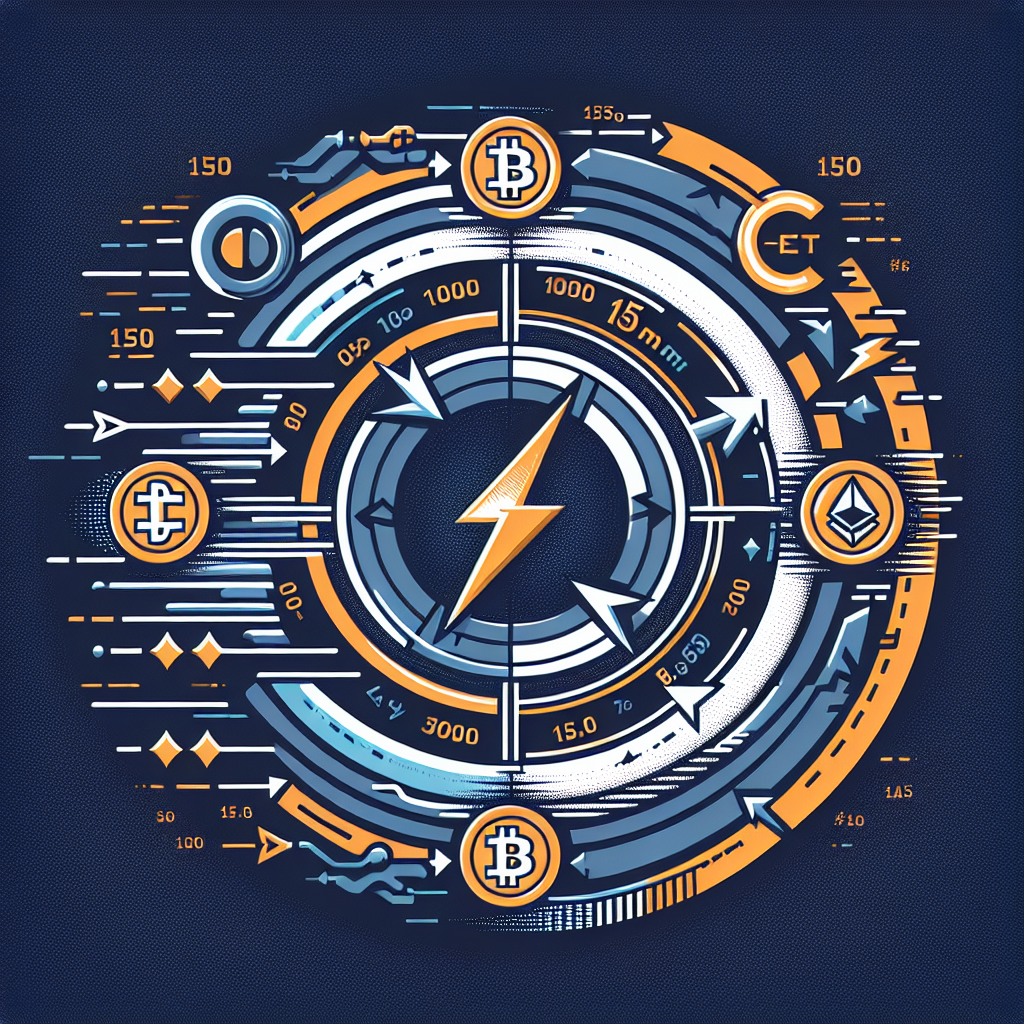Anza Suggests a Shift in Solana’s Consensus Mechanism
Anza, a spinoff from Solana Labs, has proposed a significant change in the way Solana’s blockchain network operates. Their new proposal discusses transitioning from a proof-of-history (PoH) approach to a proof-of-stake (PoS) mechanism.
The proposed change was revealed at the Solana Accelerate conference held in New York last week. The proposal, termed the ‘Alpenglow hard fork’, could reduce the block finalization time to as low as 150 milliseconds. This speed up indicates that Solana’s Layer 1 blockchain could potentially compete with Layer 2 platforms in the context of high-speed trading applications.
A Turning Point for Solana: The Alpenglow Protocol
Amongst the co-founders of Anza, Roger Wattenhofer, Quentin Kniep, and Kobi Sliwinski, a common belief persists – the Alpenglow consensus protocol is the most influential change to Solana’s core protocol till this date.
Presently, the block finality in Solana is approximately 12.8 seconds. As optimistically confirmed by Wattenhofer, there exists a level of certainty about a block’s approval within a range of 500 to 600 milliseconds. With the Alpenglow protocol, blocks could be finalized within the impressive region of 150 milliseconds based on simulation results.
Alpenglow’s Impressive Speed
The median latency of 150ms not only expedites Solana’s performance, but it also amplifies its competitive position in relation to the Web2 infrastructure. The increased responsiveness enabled by Alpenglow could make blockchain technology a viable solution for novel applications requiring real-time performance.
The speed-up brought about by Alpenglow is largely due to two integral components of the system – Votor and Rotor. Votor is responsible for handling voting transactions and block finalization while Rotor substitutes Solana’s PoH consensus mechanism with the PoS system.
The Votor System
Votor can finalize blocks in a single voting round if there’s active participation from 80% of stakers. If the involvement drops to 60%, two voting rounds would be required. The unique feature of this arrangement is its resilience, enabling the protocol to operate efficiently even under challenging network conditions. It can handle up to 20% adversarial stake and an extra 20% non-responsive stake.
A Visionary Approach
Anatoly Yakovenko, a co-founder of Solana, describes the Alpenglow requirements succinctly – the block production process should utilize maximum available bandwidth all the time and users should experience deterministic finality in a single round. Yakovenko praised the Alpenglow design as simplistic, intuitive, easy-to-grasp, and meeting the set requirements.
Security over Speed
Bitcoin developer Jeff Garzik who’s currently working on the Hemi blockchain, argues that exceeding a certain speed threshold would potentially compromise the security. Garzik bases this on the fact that there’s a limit to the speed of sending data across continents via fiber optic cables.
Garzik stresses that prioritizing speed over decentralization would mean sacrificing security. He uses the example of Solana’s previous network issues to warn about potential vulnerabilities. Nonetheless, Garzik expresses admiration for Solana’s user base.
Solana’s Proud Achievements
Solana has been enjoying a productive year, excelling in terms of token prices and ecosystem revenue, largely due to the popularity of memecoins. Solana, with a market capitalization worth $90 billion, has climbed to the position of the sixth-largest cryptocurrency. Moreover, its recent record-breaking number of stablecoins deployed on the blockchain testifies to its success.
Given its impressive progress, Solana is one of few tokens likely to attain approval for an exchange-traded fund (ETF) by the Securities and Exchange Commission (SEC). However, the SEC has postponed decisions on several Solana ETF proposals pending further examination of market manipulation and investor protection issues.

















